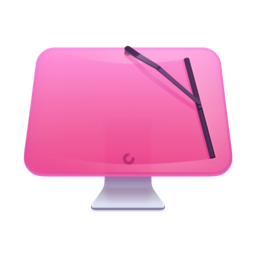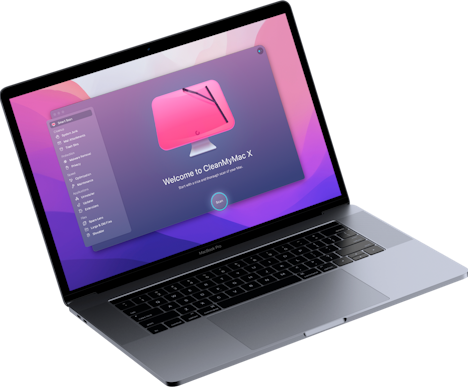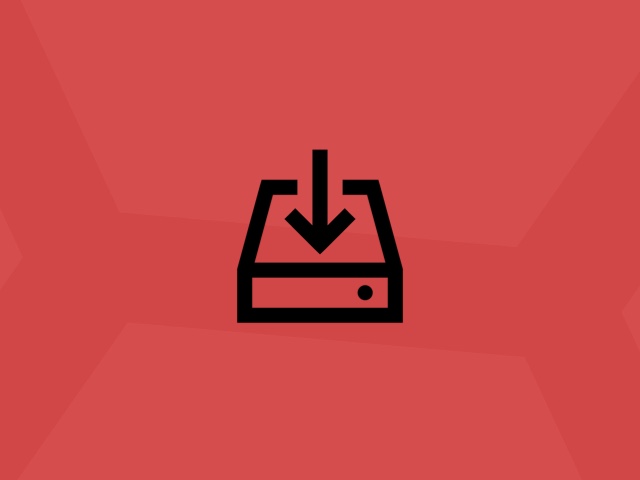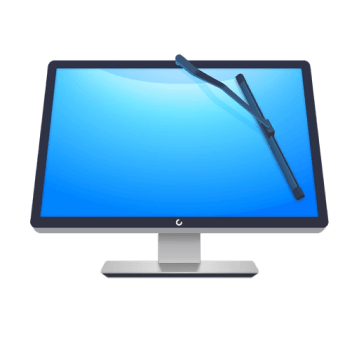How to upgrade your Mac to macOS Sierra
The classic OS X 10.12, or rather a macOS upgrade, introduced tons of features anyone would still want on their Mac. Why? Because it's well-tested and secure. Now we'll take a quick look at the legendary macOS Sierra upgrade. (In case you want to upgrade your Mac to macOS 10.13 High Sierra, check out this guide.)
Interestingly, it first brought Siri to your Mac. This is great news for everyone who’s already used to her help on iOS. Then, there’s Watch unlocking for Mac; there’s one-click Apple Pay, tabs in apps, and cross-device copypasting. Just to name a few.
So, if you were on the fence about upgrading to Sierra, and in fact, any newer OS, go right ahead. Your Mac deserves a refreshment.

How to upgrade macOS: Sierra 10.12 compatibility list
As with the previous versions, macOS Sierra is available for a limited list of Mac models.
Here are the models of Macs that are compatible with macOS 10.12 and can upgrade to Sierra:

|
||
| MacBook Pro | MacBook Air | Mac mini |
| Mid 2010 or newer | Late 2010 or newer | Mid 2010 or newer |
| Mac Pro® | MacBook | iMac |
| Mid 2010 or newer | Late 2009 or newer | Late 2009 or newer |

Does order matter when you upgrade macOS?
If your current operating system is OS X Lion (10.7), you can skip a few versions and upgrade directly to macOS High Sierra. To upgrade to Sierra from, say, Mavericks, you’ll have to consequently upgrade to Yosemite and then to El Capitan first.
Check your macOS for Sierra compatibility
These OS versions can upgrade to Sierra:
- OS X Mountain Lion v10.8 or Lion
- OS X Mavericks v10.9
- OS X Yosemite v10.10
- OS X El Capitan v10.11
Here’s how to find out which OS version you’re running now:
- Click the Apple icon in the top left corner.
- Choose About this Mac.
- There you have it, in capital letters.

Memory (RAM): 2 GB (preferably 4 GB)
Sierra is pretty lightweight, so you only need 2 GB of RAM to upgrade. Cool, eh?
Disk space: 8 GB of free space on the drive.
In the same About this Mac, menu select the "Storage" tab. In front of the multi-coloured bar, you will see the phrase, "X.XX GB free out of XX.XX GB." If you don't have at least 8 GB of free space, you should delete some old files.
Before you update macOS, don’t forget to:
Clean up your Mac
This is essential if you want a fast and effortless update and glitchless work of your new macOS. And it’s also pretty easy. To give your Mac a cleanup, you need to get rid of system junk, uninstall extra apps, and clean some old caches. If that sounds like a lot of work, you can get a Mac cleaner like CleanMyMac for the job.
How to update your Mac: Clean it up first
- Download CleanMyMac X free version.
- Launch it.
- Hit Scan to find all the extra files you can delete.
- Press Run.
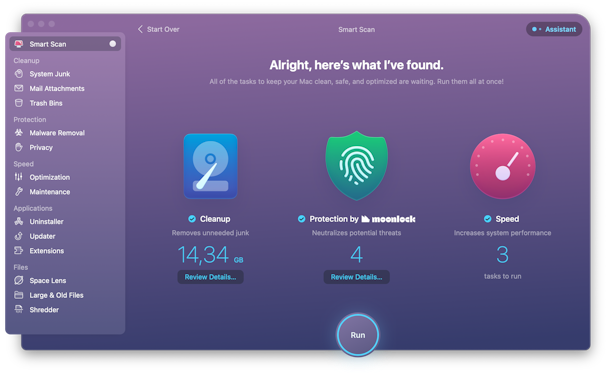
As you can see, I have 8.56 GB worth of caches, obsolete language files, broken downloads. You'll feel great getting rid of them.
That will give your Mac a basic system cleanup, but CleanMyMac is going to come in handy after the update as well. It monitors your Mac’s health, helps you speed up the system and remove unnecessary apps (Trashing doesn’t fully uninstall apps, by the way).
Back up your Mac
This is basic common sense before any Mac software update you’d like to undertake. Why? Well, because sometimes updates happen less smoothly than you’d like them to. To make sure you have all your information and files saved up neatly, you need a backup. To back up your Mac, you need to activate Time Machine.
- Open your Applications folder.
- Choose Time Machine.
- "Select Backup Disk…"
Note: You may need to first choose to "Set Up Time Machine." - Choose where you'd like to store your backup.
- Both an external drive or an Airport Time Capsule fit.
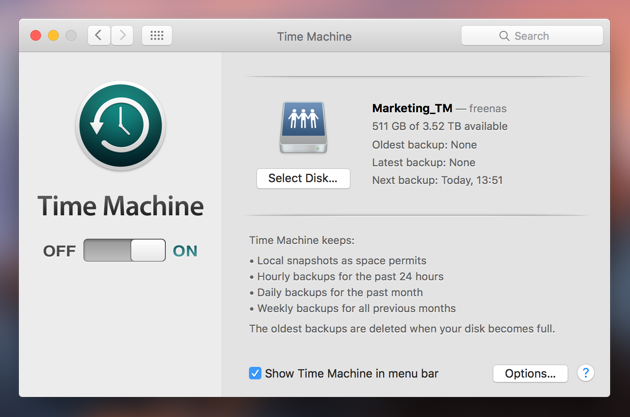
- Switch the toggle on the left, from "OFF" to "ON." Right beneath the name of your storage device, you'll see "Oldest backup," "Latest backup," and "Next backup" — Your backup will begin within 5 minutes. To speed it up, click the arrow clock icon next to the Date & Time at the top-right of the menu bar and select "Back Up Now."
How to download macOS Sierra (or newer macOS) and install it
macOS Sierra is increasingly becoming a relic. But it all comes down to hardware. Your Mac can only upgrade to the latest version its hardware can support. If your Mac is from around 2012, it can update as high up as to macOS Catalina. If your Mac is from 2010 or older, its limit is macOS High Sierra.
To download any new macOS and install it, you’ll need to do the next.
On macOS Monterey and earlier:
1. Open System Preferences... in the Apple menu.
2. Click on Software Updates.
On macOS Ventura:
- Go to the Apple menu > System Settings.
- Choose General and click Software Update.
You'll see the latest macOS version your Mac can install. Wait for macOS download and installation. Your Mac will restart when it’s done. Now you have a new OS.
For historical interest, this is how macOS Sierra looked back then when it was still available in the Mac App Store. Now, it can't be found there anymore.


Download macOS installers directly from Apple
For users of past operating systems, Apple created a handy list of macOS installers. They go as far back as to macOS Yosemite.
- macOS Ventura 13
- macOS Monterey 12
- macOS Big Sur 11
- macOS Catalina 10.15
- macOS Mojave 10.14
- macOS High Sierra 10.13
The 3 following installers will download macOS as a disk image (.dmg) After you unpack it, the macOS updater app will appear in your Applications.
We hope this guide has been of use, and don’t forget to clean up your Mac and back it up before you get the classic macOS! Cheers.


